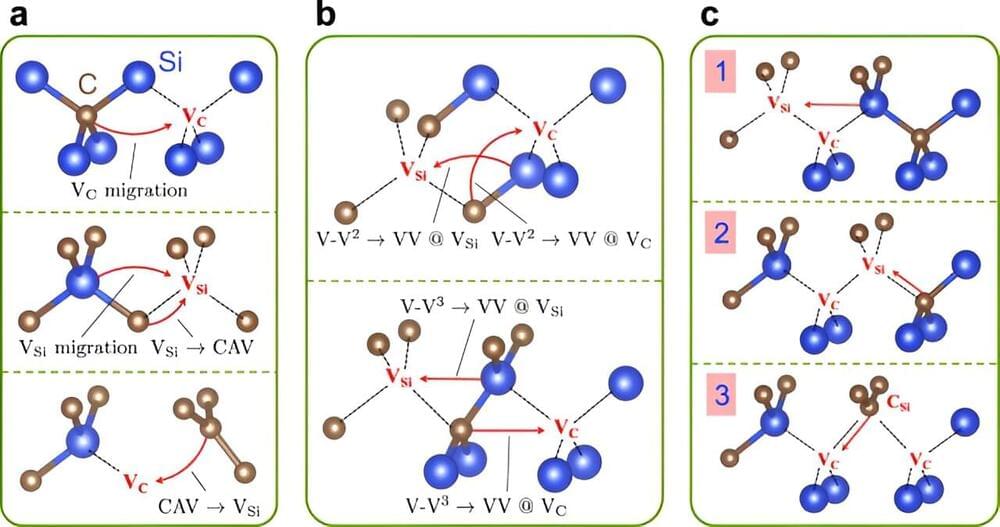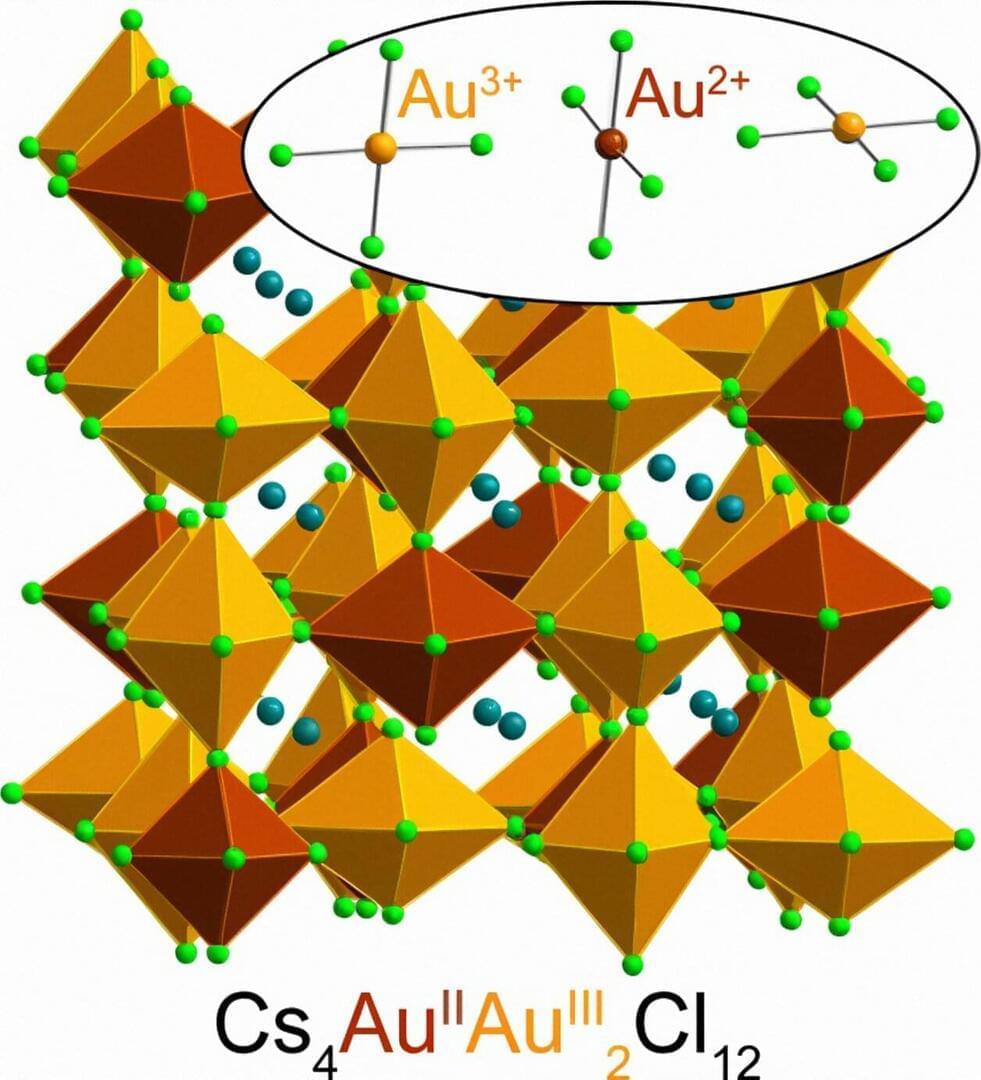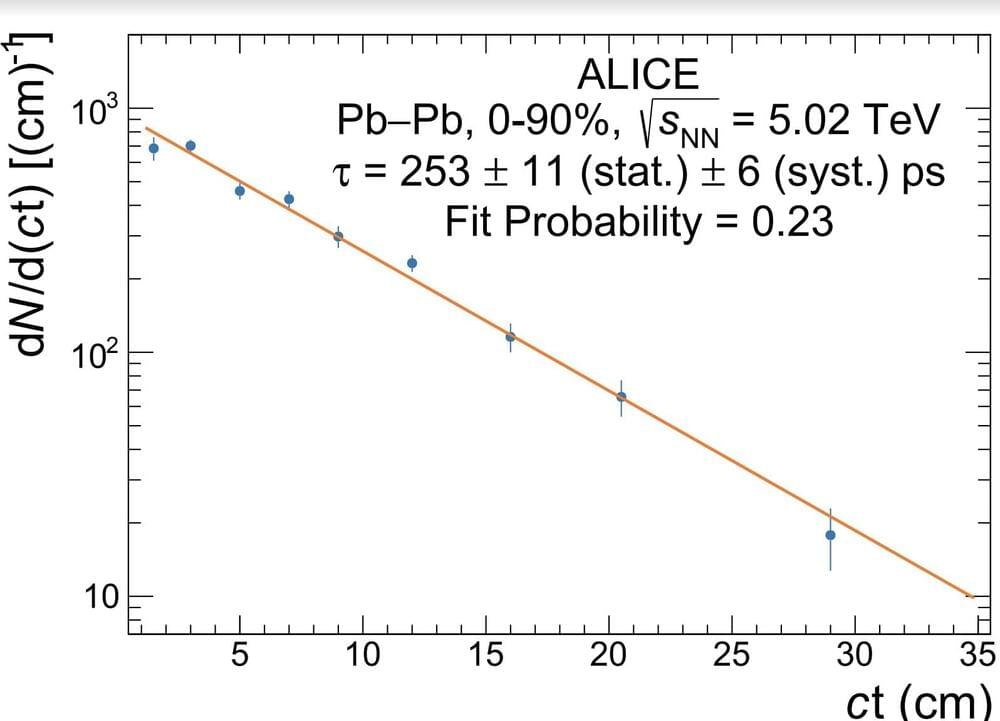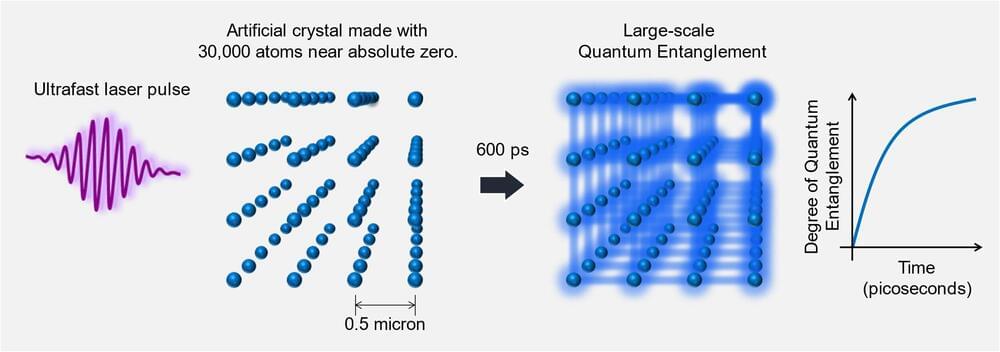Researchers led by Giulia Galli at University of Chicago’s Pritzker School of Molecular Engineering report a computational study that predicts the conditions to create specific spin defects in silicon carbide. Their findings, published online in Nature Communications, represent an important step towards identifying fabrication parameters for spin defects useful for quantum technologies.
Electronic spin defects in semiconductors and insulators are rich platforms for quantum information, sensing, and communication applications. Defects are impurities and/or misplaced atoms in a solid and the electrons associated with these atomic defects carry a spin. This quantum mechanical property can be used to provide a controllable qubit, the basic unit of operation in quantum technologies.
Yet the synthesis of these spin defects, typically achieved experimentally by implantation and annealing processes, is not yet well understood, and importantly, cannot yet be fully optimized. In silicon carbide —an attractive host material for spin qubits due to its industrial availability—different experiments have so far yielded different recommendations and outcomes for creating the desired spin defects.








